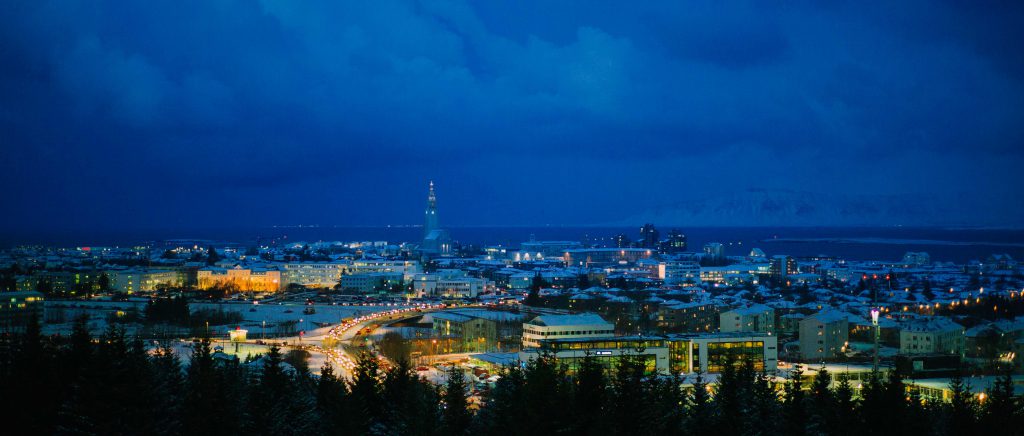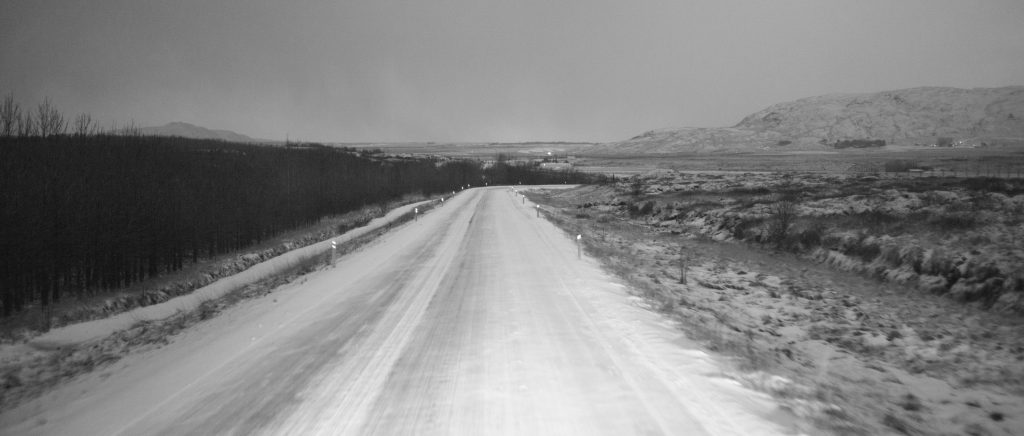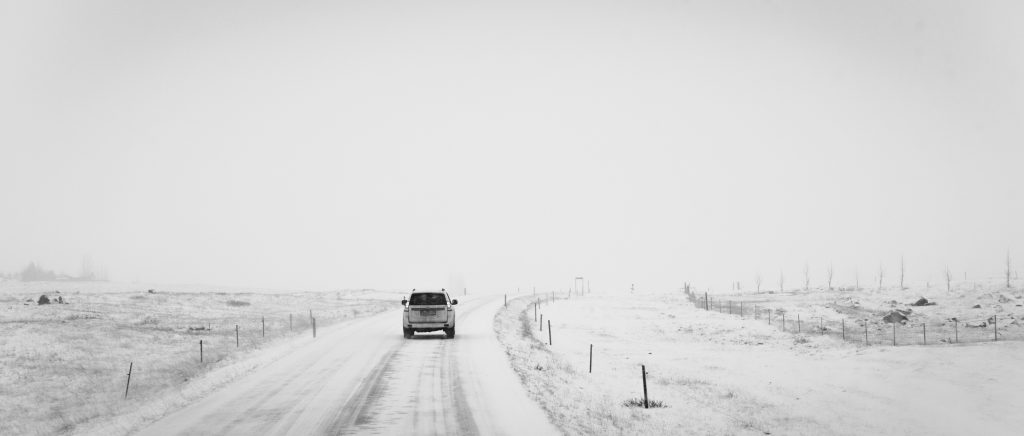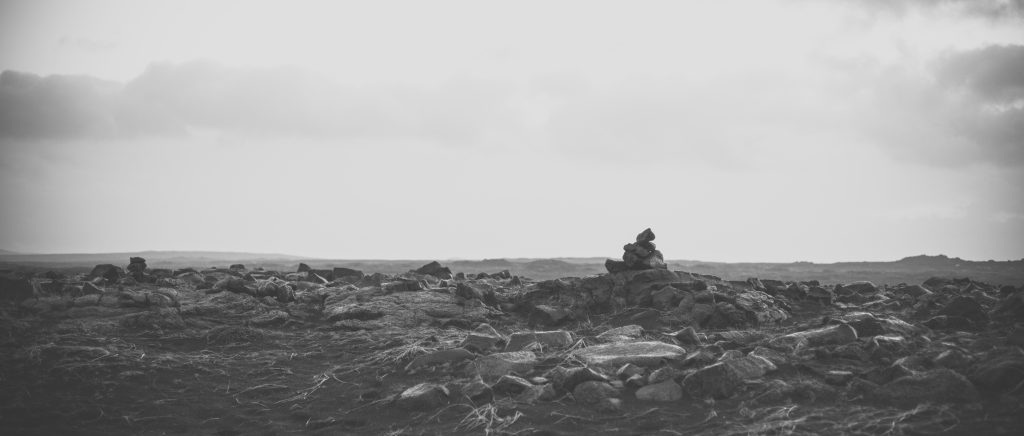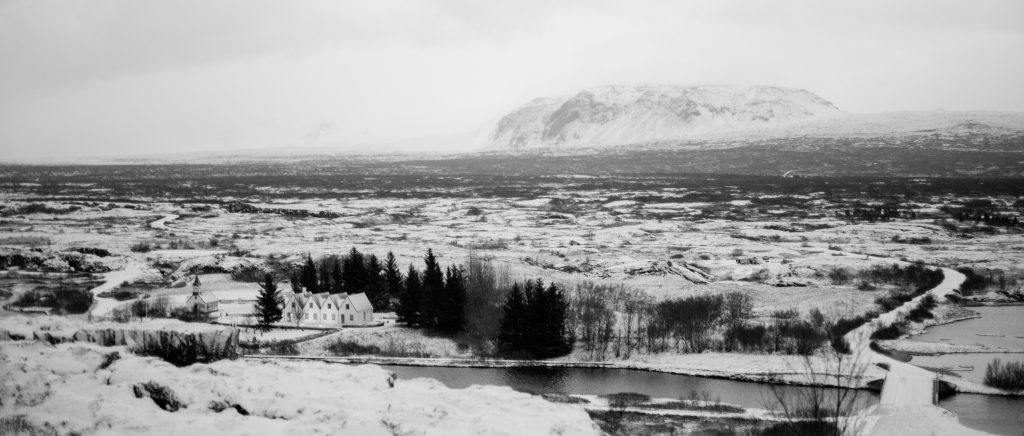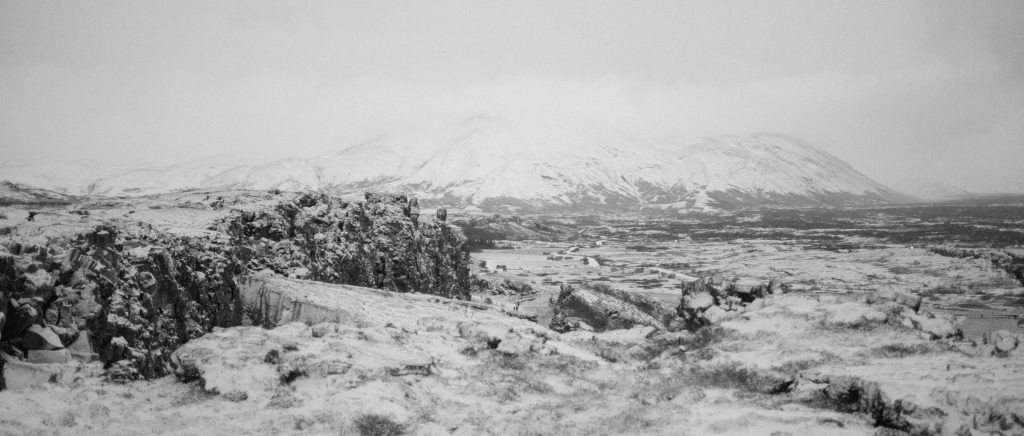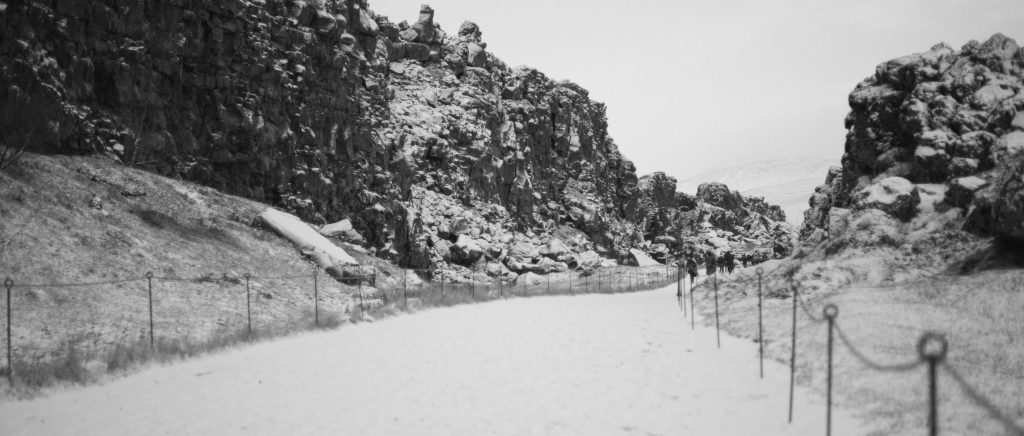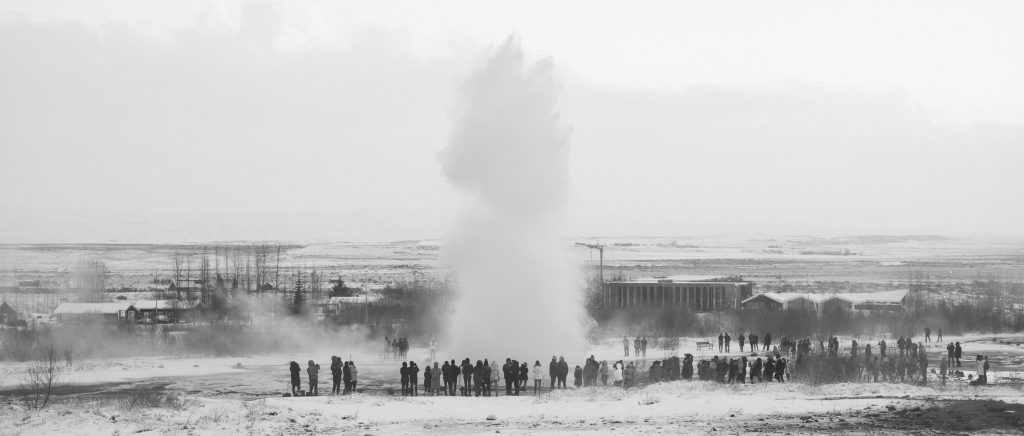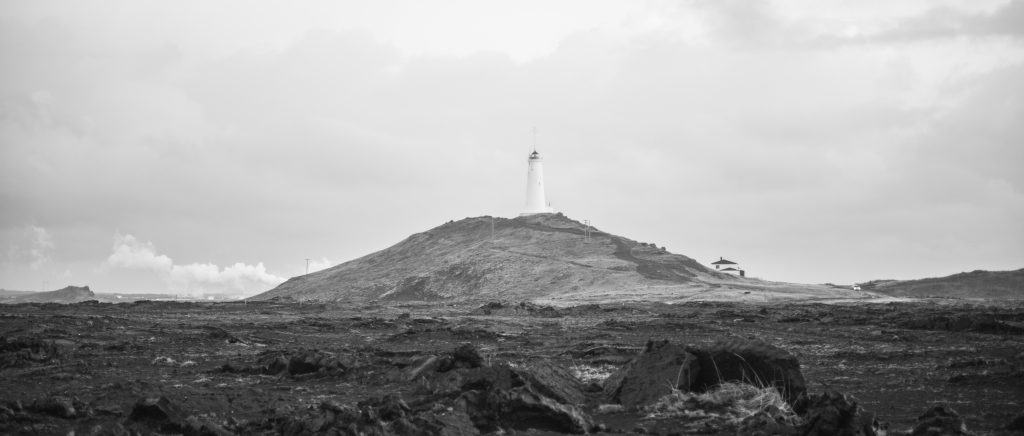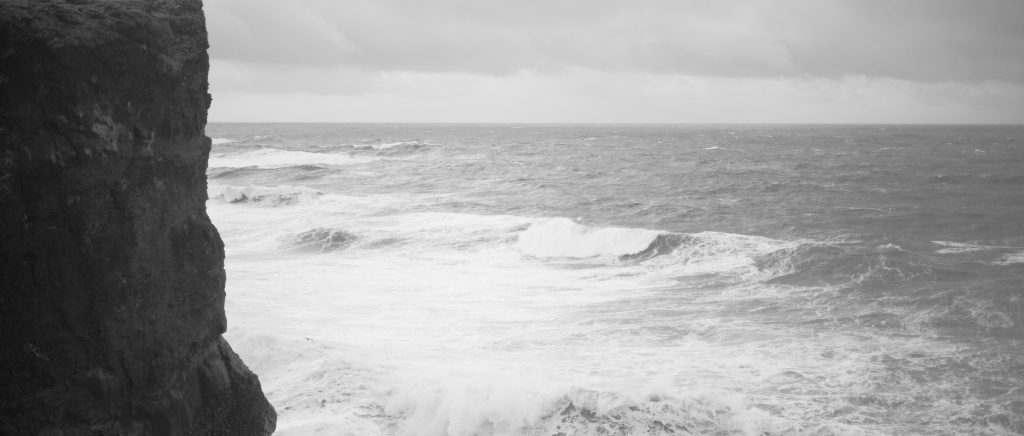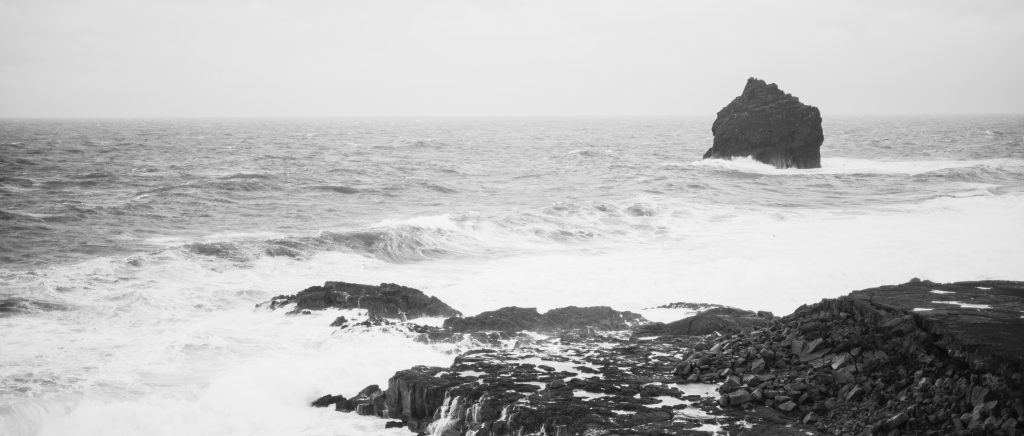Reykjavík is the capital and largest city of Iceland. The city of Reykjavík is mostly located on the Seltjarnarnes peninsula, but the suburbs reach far out to the south and east. Reykjavík is a spread-out city: most of its urban area consists of low-density suburbs, and houses are usually widely spaced. The outer residential neighbourhoods are also widely spaced from each other; in between them are the main traffic arteries and a lot of empty space. Reykjavík has two seaports, the old harbour near the city centre which is mainly used by fishermen and cruise ships, and Sundahöfn in the east city which is the largest cargo port in the country. There are no public railways in Iceland, because of its sparse population, but the locomotives used to build the docks are on display. Proposals have been made for a high speed rail link between the city and Keflavík. Reykjavík is famous for its weekend nightlife. Icelanders tend to go out late, so bars that look rather quiet can fill up suddenly—usually after midnight on a weekend. Alcohol is expensive at bars. People tend to drink at home before going out. Beer was banned in Iceland until 1 March 1989 but has since become popular among many Icelanders as their alcoholic drink of choice.
Reykjavík ist die Hauptstadt Islands und die am nördlichsten gelegene Hauptstadt der Welt. Der Name Reykjavík ist das isländische Wort für „Rauchbucht“; er rührt vermutlich von den Dämpfen der heißen Quellen in der Umgebung, und wird einem Missverständnis des ersten Siedlers Ingólfur Arnarson zugeschrieben. Die Stadt ist die älteste permanente Siedlung des Landes. Obwohl die ersten Siedler bereits im Jahre 870 n. Chr. das Land bevölkerten, wuchs das Gebiet nur sehr langsam und wurde erst 1786 offiziell zur Stadt erhoben. Reykjavík liegt im Südwesten der Insel am Fuß der Halbinsel Reykjanesskagi, die dünn besiedelten Vororte reichen jedoch bis weit nach Süden und Osten. Die Zone der plattentektonischen Verschiebung, die Island von Südwesten nach Nordosten quert, führt auch über diese Halbinsel. Daher gibt es häufiger Erdbeben, die allerdings meist eine geringe Stärke haben. Nur geringfügig vom nördlichen Polarkreis entfernt, erhält Reykjavík an den kürzesten Tagen des Jahres nur vier Stunden Sonnenlicht. Im Sommer sind die Nächte dafür so hell wie am Tag.
雷克雅未克位于法赫萨湾南部,是斯堪的纳维亚北欧岛国冰岛的首都,亦是冰岛最大的城市。雷克雅未克地理上非常接近北极圈,是全世界最北的首都。是全世界市容最干净无烟城、全靠地热能的首都圈。雷克雅未克曾被丹麦及挪威管治过,亦在其管治期间发展了本地的经济及产业,故此,于冰岛独立成主权国家时,该城便被立为首都。现时,冰岛议会大厅、政府大楼、国家博物馆等设施都设立于雷克雅未克。 虽然雷克雅未克位处北极圈附近,但由于在冬季受到墨西哥湾暖流以及北大西洋暖流影响,其气候比起莫斯科以及渥太华等同样位处北极圈附近的城市暖和得多,属于近极性海洋性气候。雷克雅未克位处沿海,东北部有高山围绕,年降雨量约达850毫米。1月平均气温约为摄氏0度,7月则为摄氏11度左右,并自1971年1月30日起,最低气温从未低于零下20摄氏度。冰岛全国并无设置铁路,故此对外交通需以公路为主。另外,全国最大机场凯夫拉维克国际机场及第二大机场雷克雅未克机场亦位于此城及附近区域,但航班主要为本地航线以及飞往格陵兰、法罗群岛等较邻近地区。雷克雅未克的能源主要以温泉的地热能为主,温泉水即使经过管道输送后,水温仍高达摄氏90度以上,故此,雷克雅未克极少使用石油、煤等资源产生能量,亦因此而令该市受污染程度极低,故亦有“无烟城”的美誉。
冰岛其实没有想象中那么的寒冷,海风很湿润,冷但是可以让人接受。这里的地广人稀比起北欧各国肯定是有过之无不及的。环岛的 Route 1 公路两侧虽然还能见到零星的房屋,但很少能见到人,羊群在这里比人还常见。作为一个靠技术吃饭的人,我觉得这个地方其实极为适合我这样的生存,每天可以不受干扰的安静思考各种问题,加上凉爽的气候有助于平复生存的巨大压力,在要是能利用本地羊类资源搞个火锅店肯定是极好的。作为海中心的一个小岛,冰岛的物价是真心挺贵的,贵到我这样在德国赚钱的都分分钟想跪,吃喝基本全都是从欧洲大陆漂洋过海运来的,我这样搞技术的人在这里注定是会入不敷出的。在超市肥宅的快乐水要好几个欧元一瓶,这样的日子还会快乐嘛?!嗯,所以呢,玩了一小下下以后,我就飞奔着回去欧洲大陆上啦,感觉心都不太慌啦。
